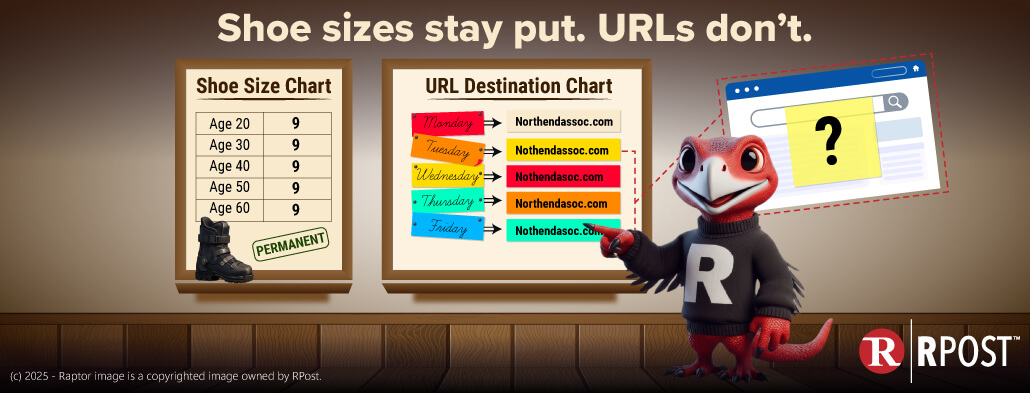
In one of the weirdest stories of the year so far, highly sensitive Pentagon documents have shown up on Discord, a haven for young video gamers, as part of a debate about US involvement in the Ukraine war. It would almost be as if you and I were having a chat in the comments section on ESPN about whether the Chiefs could repeat as Super Bowl Champions, and I posted their entire playbook as evidence.
Join our CEO LegalTech Webinar: Preventing Sensitive Documents from Getting Sent to the Wrong Recipient (Click to Register for Thursday April 20).
This example is glib of course because the real leak that happened has to do with national security and estimates of the military capabilities of our allies. Allegedly. According to the AP, an as-of-yet unidentified poster shared documents that were classified, first by typing them out with the poster’s own opinions. Then, as of a few months ago, they began to post images of very real-looking physical documents. Setting aside the fact that it took months for this story to come to light, the Pentagon now must spend valuable time and resources trying to plug the leak and do damage control with both allies and rivals.
Part of this damage control strategy appears to be muddying the waters and calling into question the documents’ authenticity. One top Pentagon spokesman cautioned against “amplifying” these documents because they appeared to have been doctored. What a mess! And this could be just the beginning, unfortunately.
All these leaked electronic documents can either be printed or, as it appears in this case, screengrabbed, then shared electronically. But here’s the wrinkle: once someone takes a photo of a document or screen, they can feel somewhat emboldened that their ‘leak’ is truly anonymous and that they are going to be a hero bringing to light the darkest secrets of the deep state. At RPost, we already have a solution. We call it Leakers Folly, as it simply isn’t that easy to stay as the anonymous screengrabbing leaker (if the original owner of the document of course, used RDocs™ content control and its overt or steganographic Identify Leakers feature, read on for more).
For those using RDocs™ service patent pending and first of a kind steganographic features, they now do have a way of identifying who is leaking their documents. RDocs™ security, with its Identify Leakers feature, empowers document originators with actionable proof to identify those who disclose sensitive content (e.g., restricted content under non-disclosure agreements) thanks to dynamic and in-motion watermarking that is uniquely identifiable to each original authorized recipient.
Know More on Document Control
Uniquely applied to RDocs™ document control, this can add “authorized reader” visual identity tags that traverse each viewed page. Readers visually see that if they were to share a snapshot of any one page or part of a page, they would be at risk of any leak being easily traced back to them. As a result, RDocs™ rights protected file not only discourages unauthorized sharing, but it also can provide court-admissible proof of who shared any unauthorized snapshot of a document and when it was shared—something the Pentagon could have used recently!
Document originators can also make a document self-destruct on a timer, on a specific date, after a number of views, or at the click of a button – for example, to “unsend” a misaddressed sensitive attachment. Originators can even restrict keyboard initiated screen captures and printing. In a nutshell, RDocs™ protection allows you to control every aspect of who is reading what, where, when, how many times, how long, and even revoke access temporarily or permanently after the send. Read more about how best to manage sensitive content sharing with RDocs™ security.
Feel free to contact us to learn more about RDocs™ technology and how it can seal up any potential leaks that could cause irreparable harm to your company.

December 19, 2025

December 12, 2025

December 05, 2025

November 21, 2025

November 14, 2025